
Guest Blog from Flora Arbuthnott – Shibori Dyeing
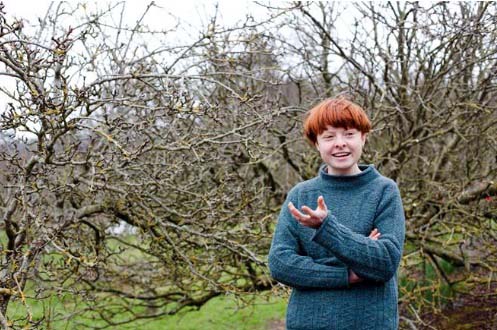
Flora Arbuthnott, who runs Plants and Colour and is daughter of Vanessa, explains the ancient process of Shibori dyeing and the beautiful results you can achieve with this simple technique.
Whether you choose to twist, stitch, scrumple, fold, turn, bind, or clamp the fabric, there are infinite possibilities of patterns with shibori.
Shibori is a traditional Japanese resist technique for creating patterns on fabric. Itajime is a quick and simple shibori technique of clamping folded fabric between two shaped blocks, fastening with a clamp, or string. The effect is satisfyingly immediate, enabling you to create dramatic geometric patterns in minutes. As well as using scrap wood to cut interesting shape blocks, it is also fun to use found objects. Buttons can be used for small circles, and jar lids are effective for large circles. Clothes pegs and bulldog clips can also make small marks with surprising effects. Bind thread around screws and baking beads for circular patterns, or simply tie the fabric in knots for a rippled effect. If you have nothing to hand, simply tying string around concertina folded fabric has beautiful effects.
In Japan, the shibori folded fabric is traditionally dipped in an indigo dye vat to create deep pure blue. The indigo is extracted from various plants that grow around the world, mainly Japanese indigo, Indigo Fera Tinctora, and Woad. The indigo is not water soluble, so a chemical or biological reaction is needed to extract the blue colour and set it in the cloth. Originally this was found through dipping fabric in a vat of indigo and stale urine (ammonia). The fabric would come out green and then oxidise in the air turning blue. Today, There are many different methods of creating an indigo vat. Michel Garcia has developed a natural method called the 1-2-3 vat combining an alkali (lime) and a reducing agent (fructose) with the indigo.
It is important to use natural fibres, such as linen, hemp, or organic cotton as the synthetic fibres will not bind with the indigo. Hand woven fabric lends itself well as the weave is looser allowing the dye to seep through the folds, achieving an even colour across the fabric, on the other hand, texture can really add to a design. Using this simple technique, of shibori and indigo, you can make yourself linen cushion covers, geometric scarves, and breathe new life in to old clothes.
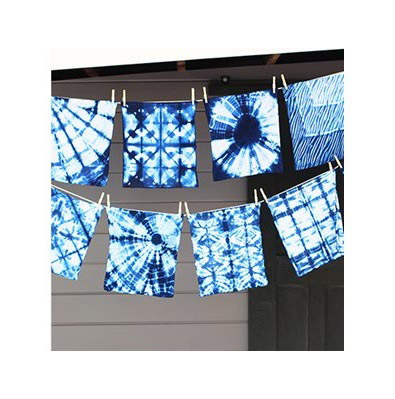
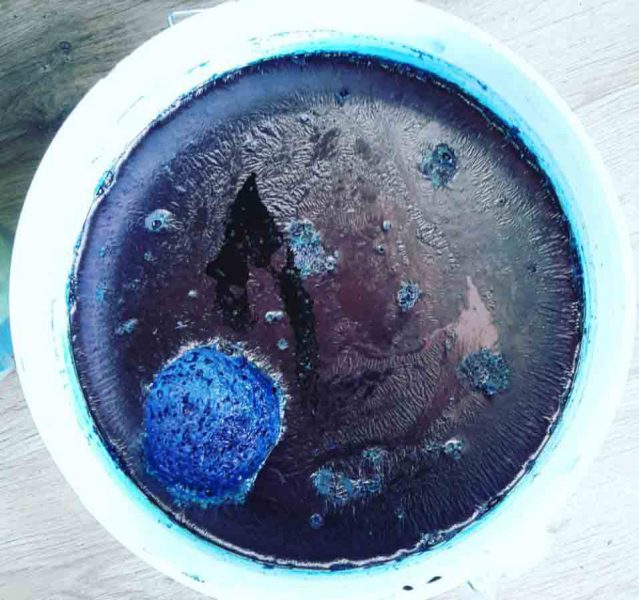
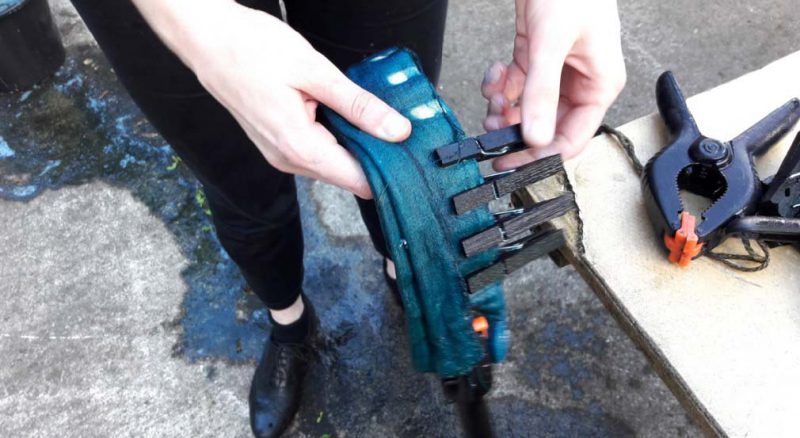
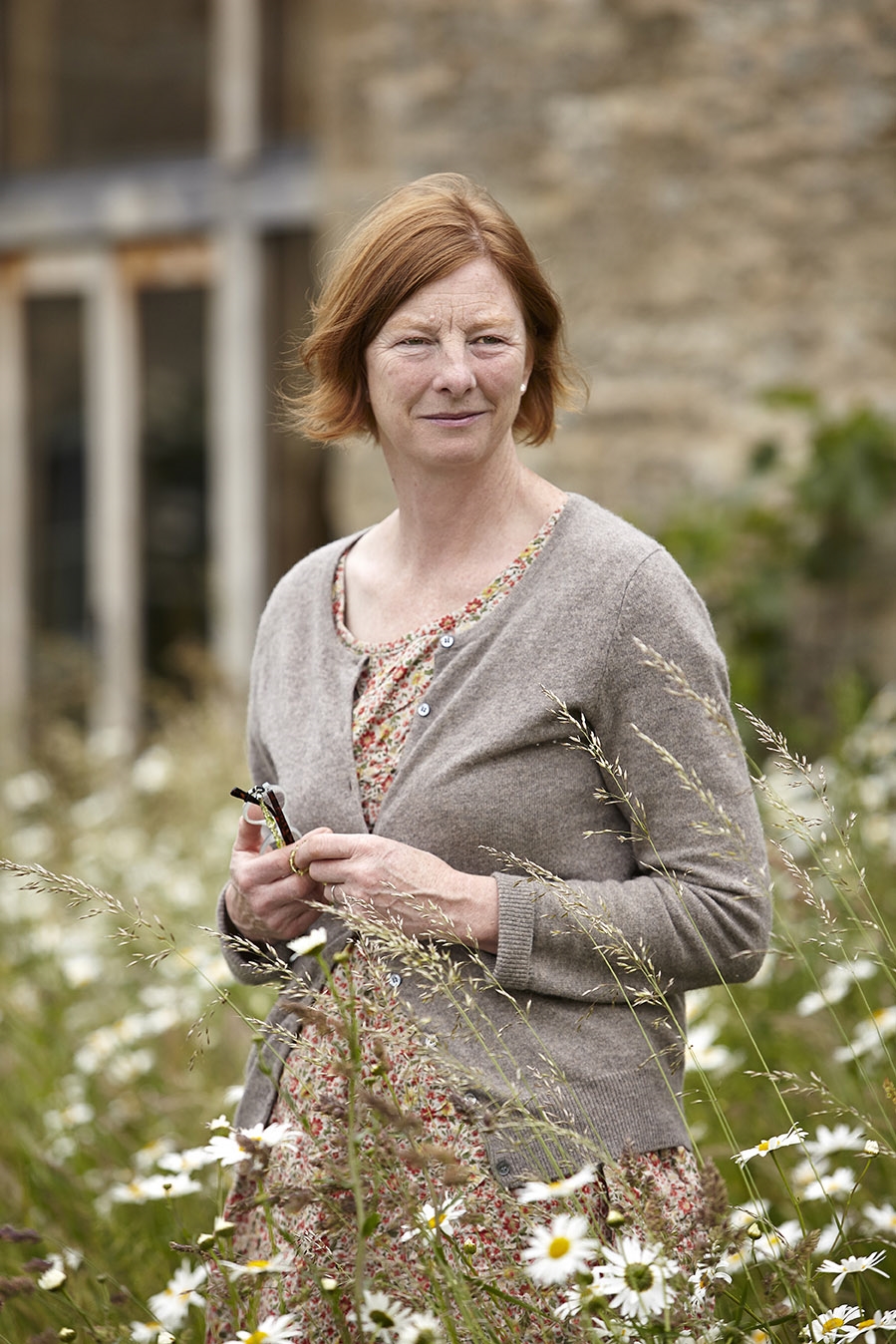
Founder and owner of Vanessa Arbuthnott Fabrics. Vanessa creates content around fabric types, blind styles and curtain designs to best suit the needs of Vanessa Arbuthnott customers.
